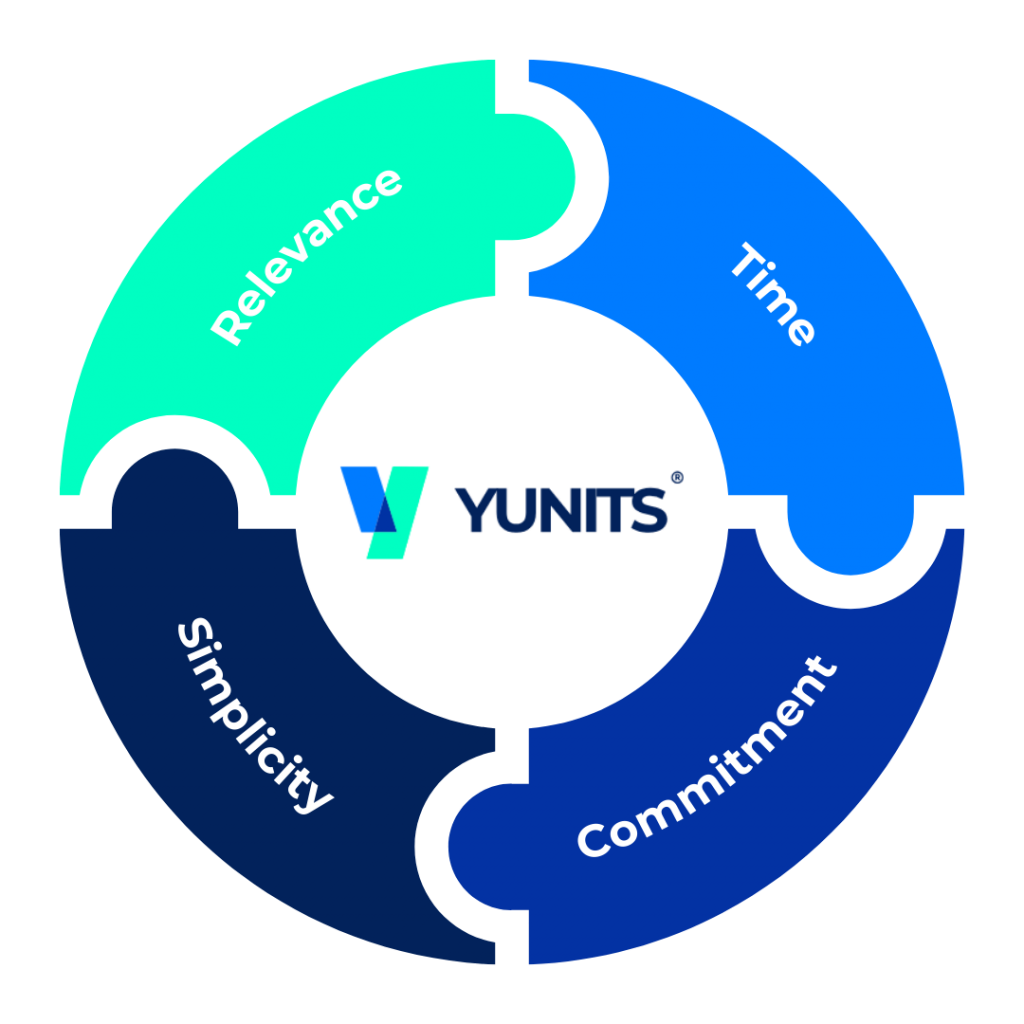Uniting as core task: from events to communities
Why is “meeting and connecting” one of the most important of the four core tasks of your association? How have associations traditionally facilitated this task? And what are the success and failure factors when building an online community? Mathijs Vleeming, community strategist at Yard, explains.
Meeting and connecting as the most important core task
Bringing together and connecting your members is an essential core task of associations. Doing more in terms of meeting and connecting (also online, throughout the year) results in:
- More active members: increased interconnection leads to more enthusiastic members who are more actively involved in your association.
- Increased bonding of subgroups: subgroups may not strongly identify with the larger entity of your association. Bringing them together and connecting them within subgroups with their own identity can make them feel more involved and participate more actively.
- Strengthening your association’s culture: it enhances the sense of community and the “warm feeling” for your association.
- More input from your members: it allows you to informally gather what members are experiencing, feeling, and consider important.
Connecting members: then and now
Traditionally, associations facilitated the core task of connecting and meeting by organizing events and conferences. That used to be the only way to bring members into contact with each other.
These conferences and events were, and are, incredibly important for the association. It was the moment of the year when the association presented itself to its members. Where members physically connected with the association, met each other, and consumed their membership. Meanwhile, the association would take a back seat for the rest of the year.
Due to the COVID-19 pandemic, things have changed. Associations were forced to organize their events online. But fortunately, now it’s possible to do them physically again. As a result, we now see many associations offering a mix of online and offline channels and events. And they are building their online communities so that members can stay in touch with each other throughout the year. A long-term strategy that combines online and offline is crucial for associations to remain relevant and increase their impact.
What 4 factors make an online community successful?
We see several common success and failure factors when building online communities (as described by Dennis van Aalst and Ivan Pouwels in Association 3.0 and Beyond):
- Relevance
- Time
- Commitment
- Simplicity

1. Relevance
Relevance has two sides: ensure a platform that is relevant to both the target audience and the association. Understanding the needs of the target audience is crucial. You really have to empathize with your target audience and research their needs. Do this together with the target audience, not just as a board or agency. Think about questions like: what are members currently struggling with? What are their biggest challenges? How can members help each other? And can an online community platform help facilitate those needs?
But also: how will the online platform further help the association to digitally streamline processes more efficiently? What interesting information do you want to derive from the community to improve the association’s offerings? In which processes and activities does an online community platform help to work more efficiently and have a greater impact? And how can you involve non-members through the community?
2. Time
Take your time, opt for organic growth. You don’t build an online community in a week or a month; it takes time to build a community. And that’s why you have to invest in it over a longer period.
An online community thrives on the motivation of the participants. To build a vibrant community, it’s important to start with a small group of enthusiastic people. They create a snowball effect. Once the ball starts rolling, due to the growing reach, the value of the community will increase and attract more and more people.
3. Commitment
Ensure at least a community manager or a substantial group of ambassador members who passionately kickstart the community.
Commitment from the board and management is crucial; it must align with the association’s strategy. But not only the board: it’s important that the entire organization sees the added value of an online community. Because sometimes a community requires behavioral change. Not only from members but also from the organization. If the community thinking is not integrated throughout the organization, the added value of the community is less significant and is more likely to fail.
4. Simplicity
And finally, simplicity is a crucial – and perhaps the most important – success factor for making an online community successful.
Often, the group of people active on an online community platform is not really a community in the true sense of the word but just a group of people or a network. And then you have to question whether the use of the word ‘community’ is off-putting.
This certainly applies to associations. If they aspire to build an online community, there’s an immediate expectation. For example, that members must log in and contribute at least weekly. And build an emotional bond with each other. And collaborate.
While for most association members, their membership is a “side issue.” They have a full-time job elsewhere but are members for a specific reason. Discovering what those reasons and needs are (often related to knowledge sharing) makes it easier to respond to them. And to remain relevant and continue to be relevant as an association.
How do you facilitate the moment when someone is looking for information or relevant connections? It’s very important to do this in a simple way initially. Building a real online community is a higher goal!
In short, keep it simple. Limit the options because: the simpler, the better. By limiting the number of functions, participants quickly find what they’re looking for. This is the secret behind a successful online community platform like KNVB’s “Eén tweetje” which is simply built around asking and answering questions.
The online community should be easy to use and easily accessible: we call it the “association in your pocket.” The ease of use should be comparable to widely used, user-friendly digital tools such as LinkedIn and banking apps.
About Association Communication expert Mathijs Vleeming
Mathijs Vleeming is a community strategist and consultant for associations at Yard Digital Agency. With his background, he has a clear view of changes in the field of events and association communication. Yard Digital Agency is the online partner for associations looking to better facilitate their audience in an increasingly digital world.
More tips on smart digital solutions for associations?
Feel free to contact us. We’re happy to brainstorm with you!

